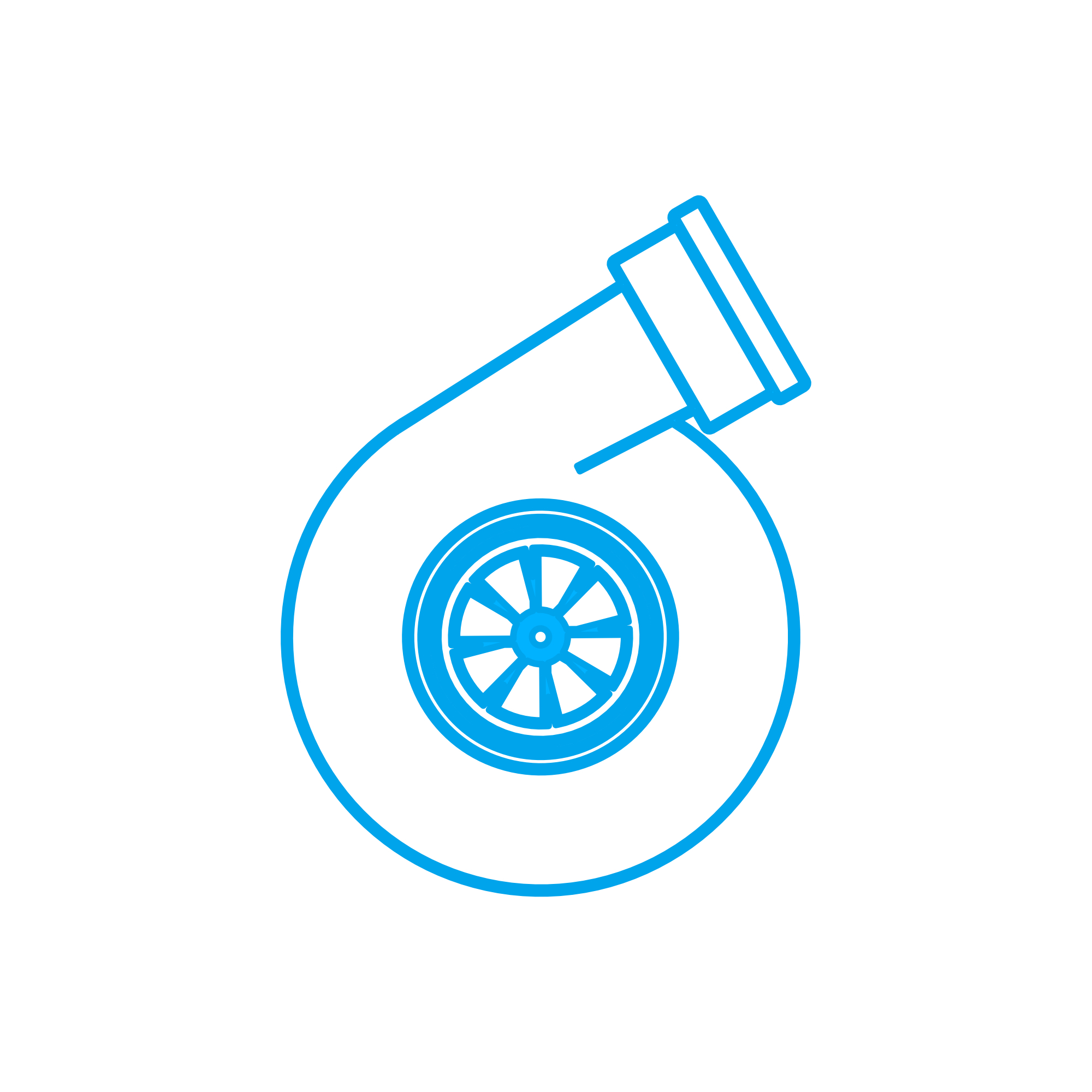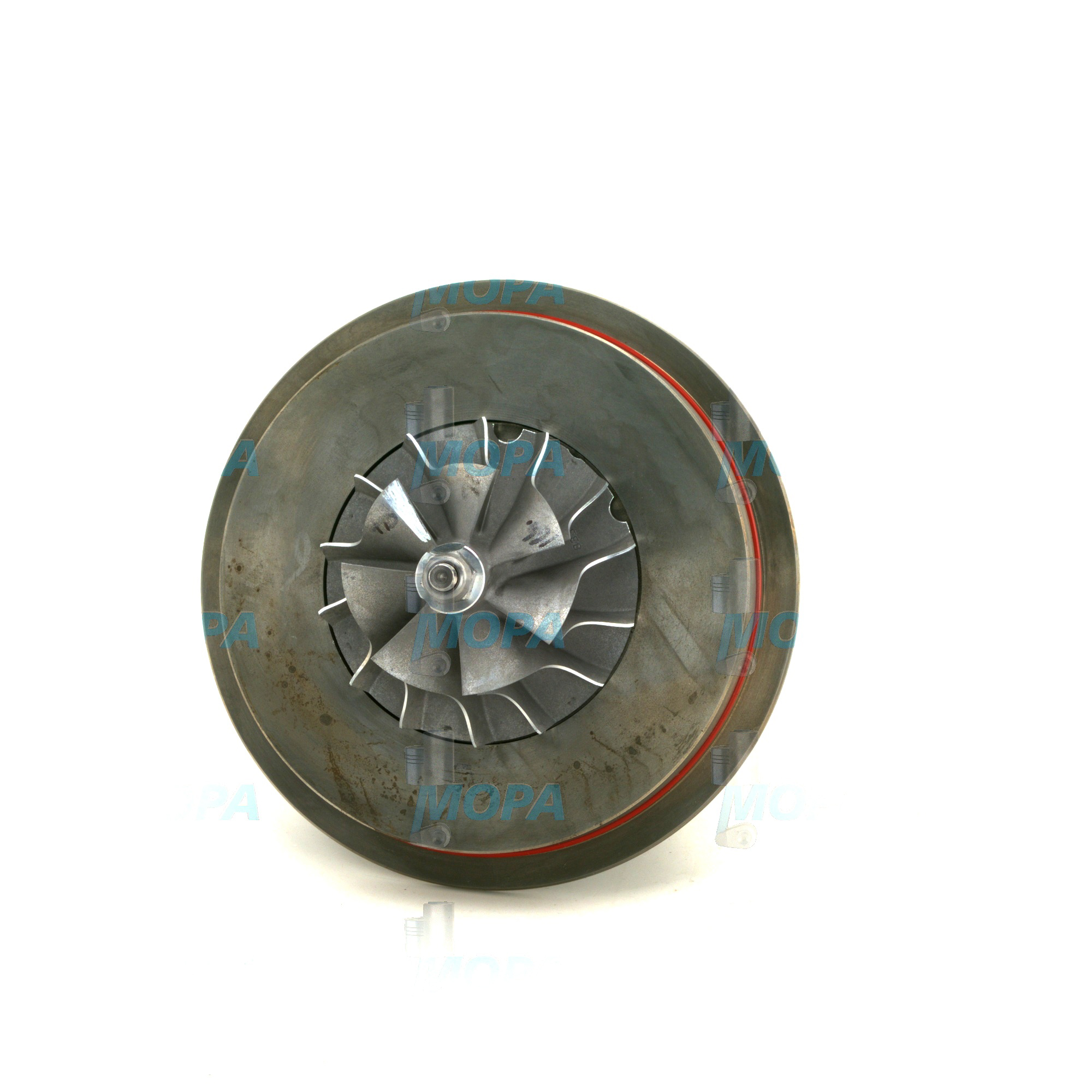CORE ASSEMBLY Turbocharger: The boosting system that unlocks engine performance
A turbocharger is a turbine-driven air compressor that increases the mass of air entering an engine, enabling more fuel to be burned cleanly and efficiently. In marine engine and power generation applications, as well as high-duty industrial and locomotive platforms, the turbocharger is a decisive component for power density, fuel economy, emissions control, and operational stability. At the heart of every unit is the rotating CORE ASSEMBLY (often called the CHRA), which links turbine and compressor wheels via a precision-balanced shaft supported by high-speed bearings. Without a healthy turbocharger, today’s diesel engine and gas engine concepts cannot meet their performance and efficiency targets.
For purchasers and fleet owners, the turbocharger sits at the intersection of thermodynamics and reliability. Exhaust gas energy drives the turbine; the turbine powers the compressor; the compressor delivers pressurized, cooler (after intercooled) air to the cylinders. This closed loop raises charge density and stabilizes combustion, delivering more power per liter and cleaner exhaust—critical factors for bunkered fuel savings and compliance.
Turbocharger technical function and the role of the CORE ASSEMBLY in a diesel engine
In operation, the turbine converts enthalpy from hot exhaust gas into rotational energy. This spins the shaft and compressor wheel at speeds commonly between 60,000 and 200,000 rpm. The compressor raises intake manifold pressure (boost), increasing oxygen mass flow into each cylinder. With an efficient intercooler, charge temperature drops, allowing denser air and controlled combustion phasing. Variable-geometry or wastegated designs regulate turbine flow, preventing overboost and ensuring rapid transient response during load steps.
The CORE ASSEMBLY marine engine setting must endure high thermal gradients, corrosive exhaust species, and long steady-state duty. Precision hydrodynamic journal bearings and a thrust bearing maintain rotor position within micron-level clearances. Labyrinth seals minimize oil leakage while allowing minimal blow-by. Clean, pressurized lube oil (typically 3–5 bar) and, where applicable, water-cooled center housings protect against coking during hot shutdowns. The CORE ASSEMBLY OEM parts package—shaft, wheels, bearings, and seals—requires exact materials (e.g., nickel-based turbine alloys) and fine balancing across the entire rotor to ISO-grade tolerances for low vibration and long life.
Modern control strategies—speed sensing, boost control, and exhaust temperature monitoring—integrate the turbocharger into the engine protection system. By converting waste energy into charge pressure with minimal parasitic loss, the unit directly elevates power, reduces brake-specific fuel consumption, and supports emissions aftertreatment stability.
Key characteristics of a turbocharger
· Increases air mass flow for higher specific power.
· Improves fuel efficiency by harvesting exhaust energy.
· Lowers soot and smoke through better oxygen availability.
· Stabilizes exhaust temperature for aftertreatment efficiency.
· Requires precise rotor balance of the CORE ASSEMBLY.
· Depends on clean oil supply and proper cooling to prevent coking.
· Uses robust materials for high-temperature turbine duty.
· Enables fast load response with VGT or wastegate control.
Why the Turbocharger and CORE ASSEMBLY matter for engine reliability and uptime
The turbocharger governs how much clean air reaches the cylinders; reliability here sets the ceiling for the entire engine. When the CORE ASSEMBLY in a diesel engine wears, several issues emerge: lagging boost, rising exhaust temperatures, higher fuel burn, and visible smoke. Bearing wear or shaft imbalance can escalate to rotor contact, wheel damage, and unplanned stops. Oil seal distress leads to blue smoke and elevated lube consumption, while compressor fouling or foreign object damage reduces airflow and efficiency. In gas engines, unstable boost control can elevate knock risk and force derating.
Healthy turbochargers protect pistons, valves, and turbo-side manifolds from thermal overload. They also preserve safety by limiting overspeed risk and reducing the chance of oil leaks onto hot surfaces. For vessels, where schedules and cargo commitments hinge on predictable power, maintaining the CORE ASSEMBLY marine engine configuration in top condition is central to safe, economical operation.
Advantages of OEM spare parts suitable for Turbocharger CORE ASSEMBLY
Selecting OEM spare parts suitable for the turbocharger ensures that aerodynamic profiles, bearing geometries, and shaft metallurgy match the engine’s design intent. Flow characteristics of the compressor and turbine must align with the engine’s mapping to avoid surge, overspeed, or chronic underboost. Rotor groups supplied as CORE ASSEMBLY OEM parts arrive pre-balanced as a unit, reducing installation risk and shortening downtime. Documented material specs and dimensional controls help maintain long service intervals and predictable maintenance budgets.
For fleets, the value is tangible: consistent boost curves, stable exhaust temperatures under heavy sea states or load steps, and fewer interventions between drydocks. Correctly matched OEM spare parts support fuel savings across long voyages and keep emission-control systems within performance windows. They also provide traceable quality, repeatable fit, and clean integration with engine controls—key factors for lifecycle costs and risk reduction.
CORE ASSEMBLY OEM parts for marine engine and diesel engine fleets
From high-inertia radial turbines on two-stroke propulsion units to compact VGT systems on auxiliary gensets, the right CORE ASSEMBLY OEM parts maintain balance quality, thrust capacity, and sealing performance. This preserves compressor efficiency under fouling-prone, salty environments, and mitigates shutdown coking via appropriate cooling channels and surface finishes. The outcome is reliable boost, lower specific fuel oil consumption, and extended component life.
MOPA: your partner for OEM Turbocharger parts and CORE ASSEMBLY
MOPA supports purchasers, shipowners, and maintenance teams with fast, reliable supply of OEM spare parts suitable for the turbocharger—covering diesel and gas engines across marine and industrial sectors. Customers benefit from speed in quoting and delivery, consistent quality with compliant documentation, and security in the trade of OEM parts through proven sourcing and inspection processes. MOPA helps identify the correct CORE ASSEMBLY OEM parts by engine model and serial, cross-references part numbers, and coordinates logistics to align with port calls or planned outages—minimizing downtime and risk.
Conclusion: Turbocharger performance secured by the right CORE ASSEMBLY OEM parts
A well-specified turbocharger—and especially a precisely balanced CORE ASSEMBLY—enables the power, efficiency, and operational stability modern engines demand. Choosing OEM spare parts suitable for the turbocharger preserves performance, protects assets, and strengthens budgets through predictable uptime and longer service life.



